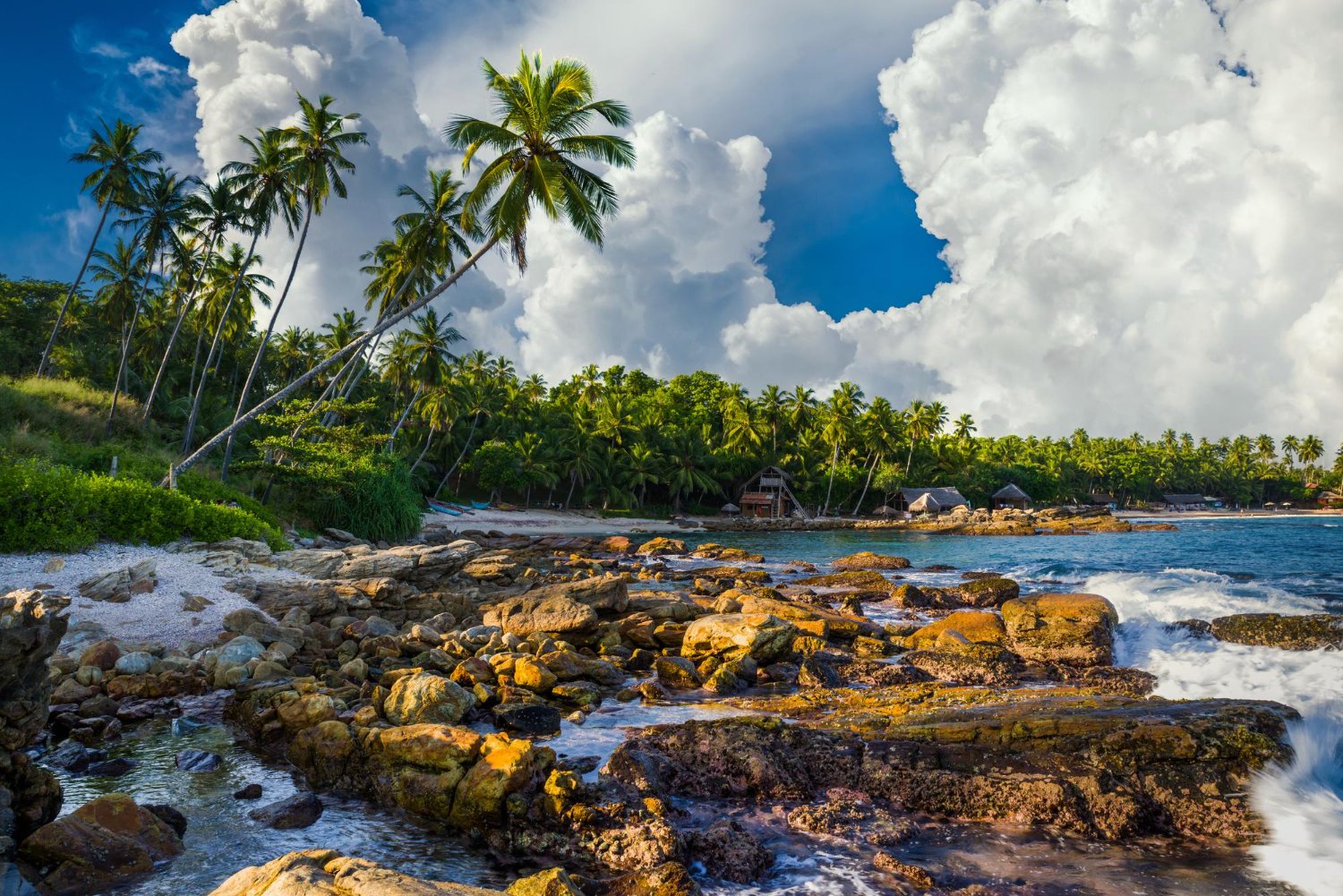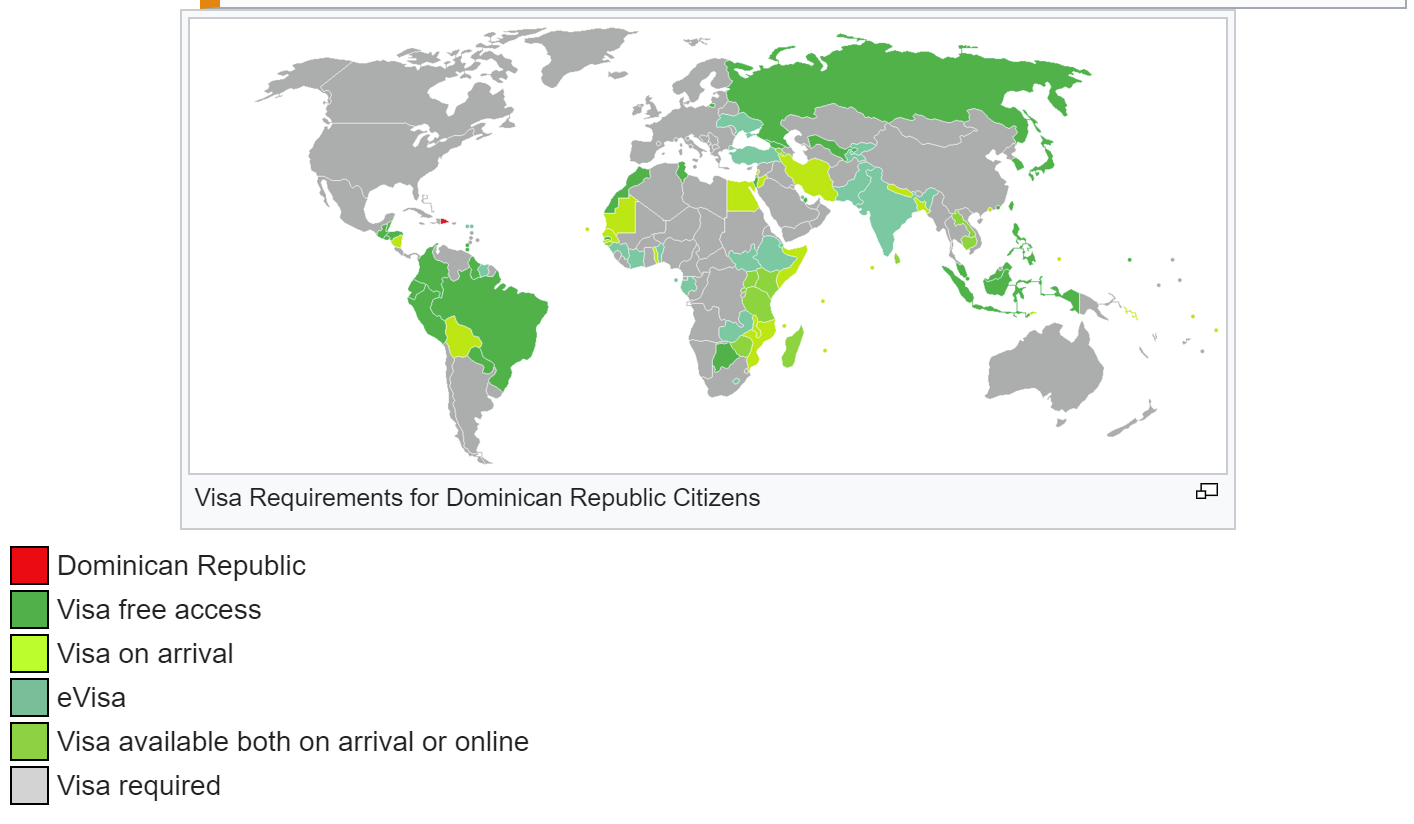Home > North America > Dominican Republic > How To Get Residency in The Dominican Republic | A Complete Guide
How To Get Residency in The Dominican Republic | A Complete Guide
Capital: Santo Domingo
Population: 11,532,151 (2025, 88th)
Ethnic Group: 71.72% Mixed, 18.7% White, 7.45% Black
Area: 48,671 km2 (128th)
Offical Language: Spanish
Currency: Dominican peso (as of June 12nd, 2025, 1 Dominican Peso = 0.017 USD)
GDP per Captial: $27,231 (2024, 64th)
Human Development Index: 0.776 (2023, 89st)

Country Profile:
The Dominican Republic is located in the Caribbean Sea, sharing the second-largest Caribbean island, Hispaniola, with Haiti.
Economically, the Dominican Republic is the largest economy in the Caribbean and ranks seventh in all of Latin America. The country’s main economic pillars are agriculture, mining, tourism, and manufacturing.
In terms of tourism, the Dominican Republic is a world-renowned excellent location for whale watching. Every winter, thousands of humpback whales travel to Samana Bay here to breed.
The main challenges facing the country are electricity shortages, underdeveloped infrastructure, and high crime rates.
Visa and Immigration System:
First, it is important to clarify that the Dominican Republic is the second-largest country in the Caribbean, and it is entirely different from Dominica, which offers a citizenship by investment program.
Similar to many countries in the Caribbean, the Dominican Republic offers a temporary residency permit option for foreigners with sufficient financial means who can live in the country without working. This residency permit is renewable annually and can be converted to permanent residency after five years.
Holders of the Dominican Republic’s temporary residency permit mainly include relatives of local residents, investors who have purchased property in the Dominican Republic, and financially independent individuals who wish to reside in the country without restrictions.
This temporary residency permit meets the needs of most foreigners who wish to stay or reside in the Dominican Republic. However, if you want to establish a deeper connection with the Dominican Republic more quickly, such as obtaining permanent residency, you can consider applying for several fast-track immigration visas.
According to the local immigration law implemented on June 1, 2012 (Immigration Law No. 285-04 and Immigration Regulation No. 631-11), holders of three types of immigration visas can quickly obtain Dominican permanent residency and the opportunity for fast-track naturalization:
1. Investment Visa: The Dominican Investment Visa is issued to foreigners who transfer no less than $200,000 into the country.
Applicants for this visa can invest in various fields, including purchasing real estate, investing in stocks or equity, business operations, or bank deposits.
2. Retirement Visa: This visa is issued to overseas retirees with a stable pension income of no less than $1,500 per month.
For the Dominican Retirement Visa, if there are dependents accompanying the main applicant, the income requirement for the main applicant increases by $250 for each additional dependent.
3. Rentista Visa: This visa is issued to foreigners who can provide proof of non-employment income of no less than $2,000 per month over the past five years.
Non-employment income refers to any earnings that are not salary-based, such as rental income, dividends, profits, interest on deposits, trusts, and similar sources.

Fast-Track Residency & Citizenship:
As mentioned earlier, ordinary visa holders in the Dominican Republic need to legally reside in the country for five years before they can apply for permanent residency.
However, holders of Investment Visas, Retirement Visas, and Rentista Visas enjoy the following three privileges:
1. They can directly obtain an initial permanent residency card valid for one year. After one year, visa holders can renew their Dominican permanent residency every two or four years.
2. These three types of permanent residency visas have no minimum residency requirement. Visa holders are not required to actually reside in the Dominican Republic; they only need to visit the country once every four years to renew their residency card.
3. After six months of legal residency in the Dominican Republic, holders of an investment visa can apply directly for naturalization through an expedited process. Holders of retirement visas and rentista visas can do the same after two years of legal residency, provided they meet other requirements, including Spanish language proficiency.
Dependents:
For all Dominican Republic immigration visas, the main applicant’s spouse and children under 18 can obtain the visa as dependents.
Passport Power:
The Dominican Republic recognizes dual citizenship. Its passport ranks tied for 63rd globally. Passport holders can travel freely (visa-free, visa on arrival and e-visa) to 74 countries and regions around the world. (June 12nd, 2025)

Useful Links:
The Dominican Republic Visa Online Platform:https://drembassyusa.org/visas/visa-de-residencia-rs/
Ministry of Immigration of The Dominican Republic:https://migracion.gob.do/en/servicios/residence/
Home > North America > Dominican Republic > How To Get Residency in The Dominican Republic | A Complete Guide